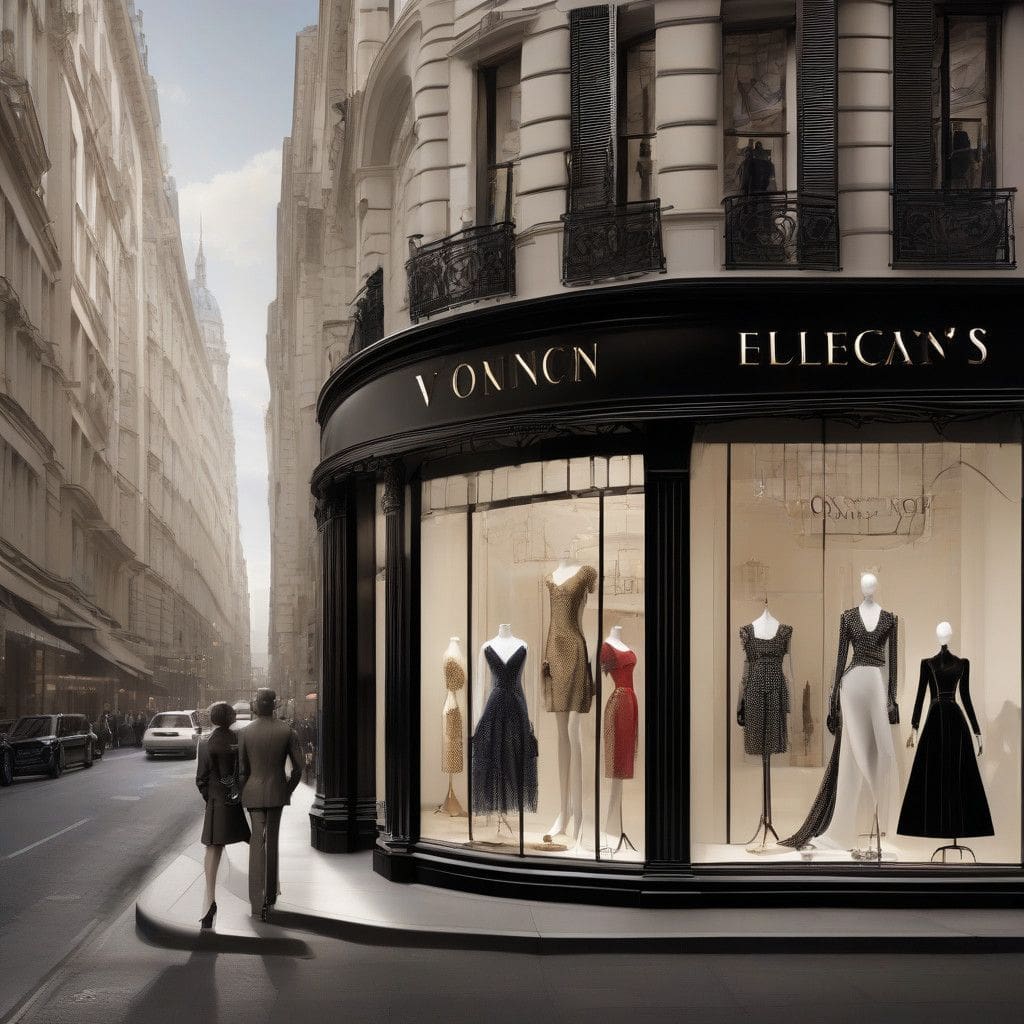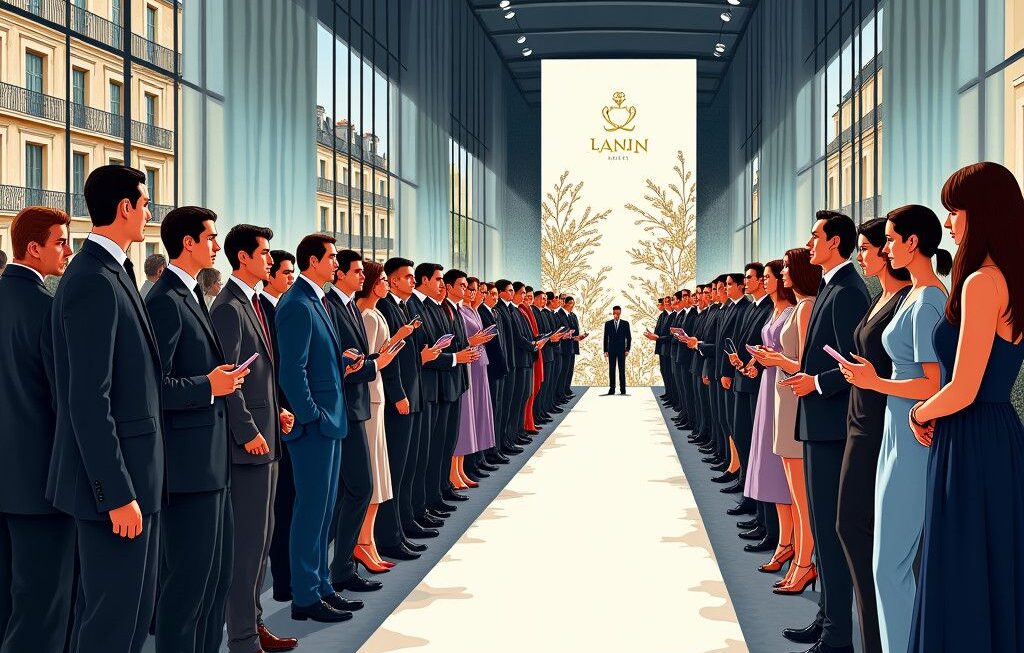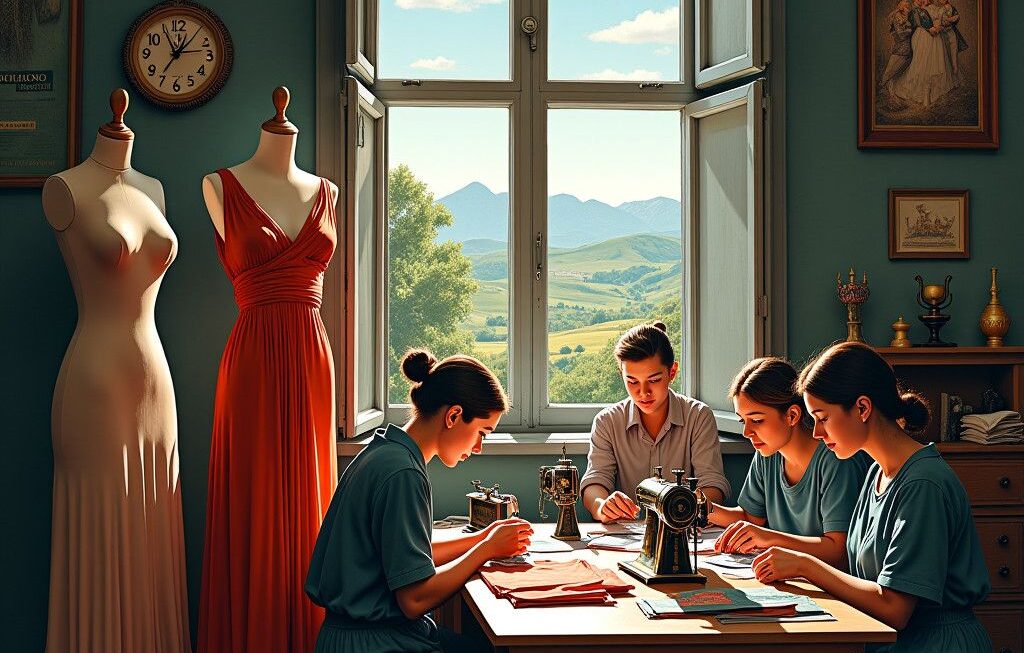In an unexpected twist for the luxury sector, LVMH, the world’s largest luxury goods conglomerate, revealed a 5 percent decline in third-quarter sales within its core fashion and leather goods division. This includes iconic brands such as Louis Vuitton, Dior, and rising stars like Loewe and Celine. This downturn arrives after a prolonged period of impressive growth, raising significant questions about the future strategies of the luxury behemoth and the industry as a whole.
A noticeable shift in consumer behavior has become apparent as luxury brands grapple with the ramifications of a sharply declining market. An employee from one of Louis Vuitton’s factories disclosed to Le Monde that production is being curtailed and that management is urging staff to take leave to reduce stockpiles of unsold handbags. Such operational changes signal a broader attempt across the luxury industry to streamline costs and reevaluate marketing strategies.
Analysts are torn regarding the nature of this slowdown. While some see it as a fleeting trend affected by external economic and geopolitical factors, others argue it reflects deeper issues within the luxury landscape. Historically, LVMH has weathered economic storms, bouncing back resiliently from crises such as the 2008 financial collapse and the challenges posed by the Covid-19 pandemic. However, this time, luxury brands lack the typical balancing act of diversified geographies and market segments to offset weaknesses in one area with growth in another.
In the pre-pandemic era, consumers began shifting their focus from tangible luxury goods to immersive experiences—travel, dining, and personal wellness began to rank higher in terms of personal value proposition. Although there was a temporary spike in luxury consumption during pandemic lockdowns, buyers are now reverting to these experiential preferences. Brands must re-evaluate what luxury truly means to consumers.
For LVMH to regain momentum, it must not only target competitors directly but also innovate in ways previously uncharacteristic of traditional luxury brands. Companies in the sector must recognize that a growing market does not guarantee success any longer. Instead, they will need to focus on customer engagement through creative offerings and ensure that they remain relevant in an evolving marketplace.
Now is the perfect time for luxury leaders to recalibrate their strategies. Many have found themselves in a cycle of complacency: they have resorted to traditional methods—raising prices, expanding storefronts, and investing in marketing efforts without addressing the fundamental values driving consumer interest. The current environment calls for a reimagining of these approaches.
A silver lining in this scenario is the potential to catalyze innovation. Brands are urged to explore deeper regional diversification, paying attention to underrepresented markets in areas such as India, Southeast Asia, and the Middle East. These regions present unique opportunities for growth, demanding localized strategies and culturally relevant products. Pricing structures will also need re-evaluation to attract new customers seeking value.
Furthermore, shifting the focus back to authentic quality and ethical craftsmanship will be essential. In a world increasingly skeptical of mass production and celebrity-driven campaigns, luxury brands must highlight their heritage and craftsmanship. The celebrity endorsements and influencer partnerships that once dominated the scene will likely need a rethink. They should not define a brand’s identity or shape its key performance indicators anymore.
Bernard Arnault, LVMH’s Chairman and CEO, appears to recognize this shift. Speaking at the 10th anniversary of LVMH’s Institut des Métiers d’Excellence, he emphasized the importance of quality and craftsmanship over conventional marketing strategies. “People talk a lot about marketing, but ultimately, marketing is completely secondary. Our future customers should feel drawn to our products because of their perception of the excellence of our craftspeople,” he noted.
In conclusion, as LVMH navigates through this period of adjustment, it stands as a bellwether for the luxury market. The current environment presents both challenges and opportunities—an invitation for luxury brands to innovate and evolve. While the days of easy growth may be over, those willing to adapt their mindsets and strategies may emerge stronger than ever. Indeed, with the luxury market entering a new era, the games have only just begun.












